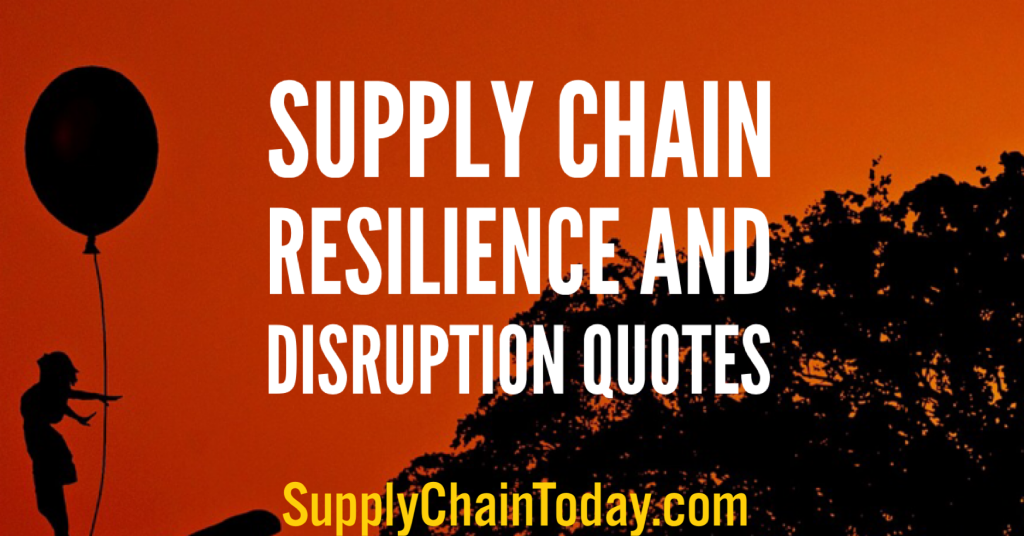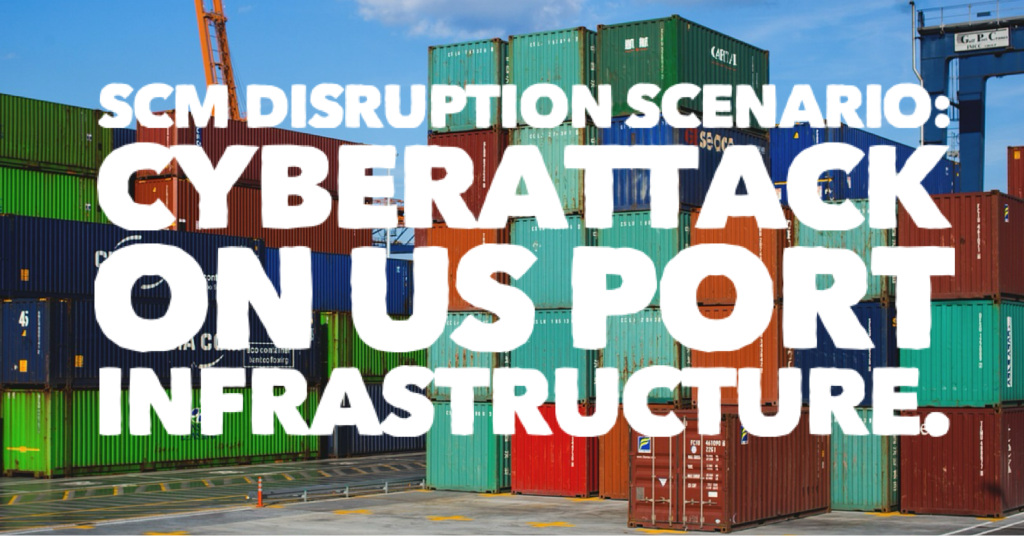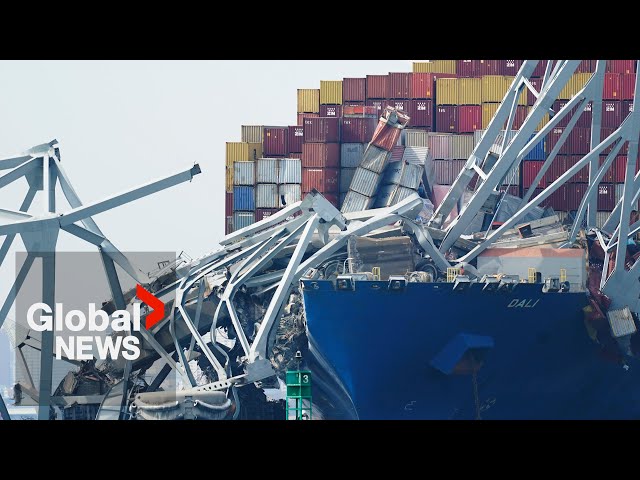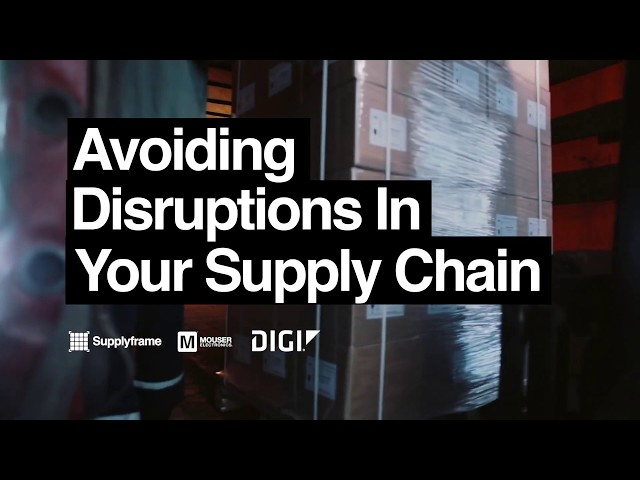Supply Chain Disruption: Mississippi River Flood and Labor Strikes.
Are you prepared if there is a supply chain disruption caused by a Mississippi River flood with labor strikes? This confluence of events would create a nightmarish situation for the US supply chain:
- Mississippi River Flood: Unprecedented spring rains cause the Mississippi River to overflow its banks, creating widespread flooding across the Midwest. This vital waterway, responsible for transporting a significant portion of US agricultural products and manufactured goods, becomes impassable.
- Nationwide Truck Driver Strike: Disgruntled by low wages, long hours, and safety concerns, truck drivers across the country stage a coordinated strike. This effectively grinds interstate trucking, a critical artery of the US supply chain, to a halt.
Impact:
- Food Shortages: Disruptions on the Mississippi River prevent the transportation of agricultural goods like corn, soybeans, and livestock. Grocery stores experience shortages of meat, dairy products, and processed foods within weeks. Prices skyrocket due to limited supply and increased demand.
- Manufacturing Slowdown: Factories face shortages of raw materials and components due to the combined effects of the flood and the truck driver strike. Production lines slow down or halt entirely, leading to job losses and impacting other sectors reliant on manufactured goods.
- Retail Disruptions: Empty shelves become a common sight at retail stores across the nation. Online retailers struggle to fulfill orders due to limited inventory. Consumer confidence plummets, and the overall economy takes a significant hit.
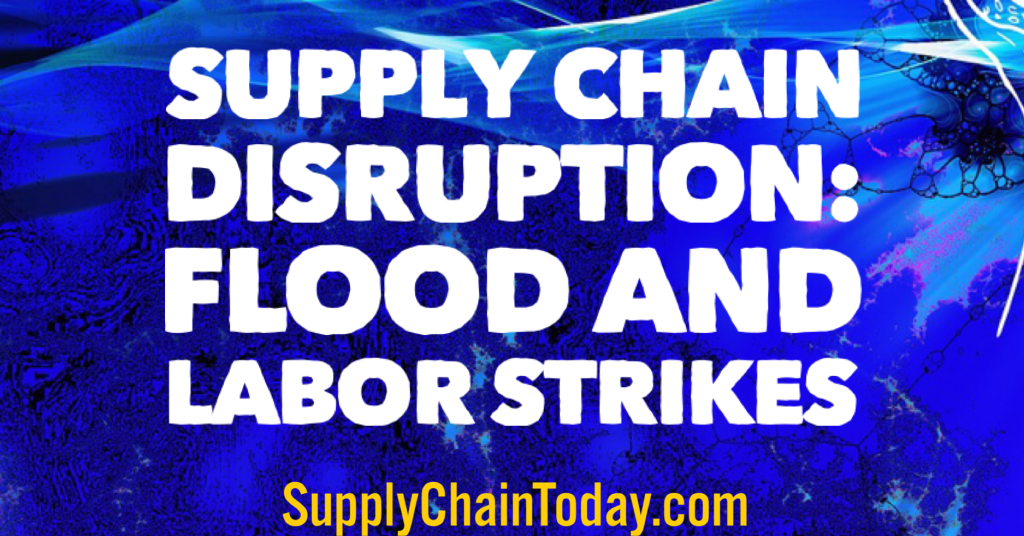
Mitigation Strategies:
- Short-Term:
- Government Intervention: The Federal government releases emergency stockpiles of food and essential supplies. They may also deploy the National Guard to assist with transportation and logistics.
- Prioritization of Goods: Authorities prioritize the transportation of essential goods like medicine and fuel over non-essential items.
- Price Controls: Temporary price controls may be implemented to prevent excessive price gouging on essential goods.
- Mid-Term:
- Alternative Transportation: Businesses explore alternative transportation options like rail or airfreight, although capacity limitations may exist.
- Domestic Production: Businesses re-evaluate sourcing strategies and consider sourcing materials domestically where possible to reduce reliance on Mississippi River transportation.
- Labor Negotiations: Negotiations between trucking companies and unions intensify to reach an agreement and get drivers back on the road.
- Long-Term:
- Infrastructure Investments: Increased investment in infrastructure upgrades like levees and flood control measures becomes a priority.
- Supply Chain Diversification: Businesses diversify their supply chains to reduce reliance on a single source for raw materials and finished goods.
- Labor Relations Reform: Addressing truck driver concerns over wages, working conditions, and regulations can help prevent future large-scale strikes.
This scenario showcases the fragility of a just-in-time supply chain and the domino effect that can occur when multiple disruptions hit simultaneously. By implementing these mitigation strategies, the US can build a more robust and adaptable supply chain network.
Supply Chain Disruption Resources
- Apple Supply Chain Issues and Shortages. Plan for future disruptions.
- Avoiding Disruptions in Your Supply Chain.
- Bullwhip Effect: Sudden Demand Increases.
- From Pandemic Disruption to Global Supply Chain Recovery.
- Supply Chain Disruption Scenario: Cyberattack on US Port Infrastructure.
Supply Chain Resilience and Disruption Quotes by Top Minds.
Supply Chain Disruption Scenario: Cyberattack on US Port Infrastructure.
Baltimore Bridge Collapse: Impact on Supply Chain Disruption.
Where Is Globalisation Headed? A Supply Chain View.
Yellow: Inside American Trucking’s Largest Bankruptcy.
Avoiding Disruptions in Your Supply Chain
Facebook Comments
